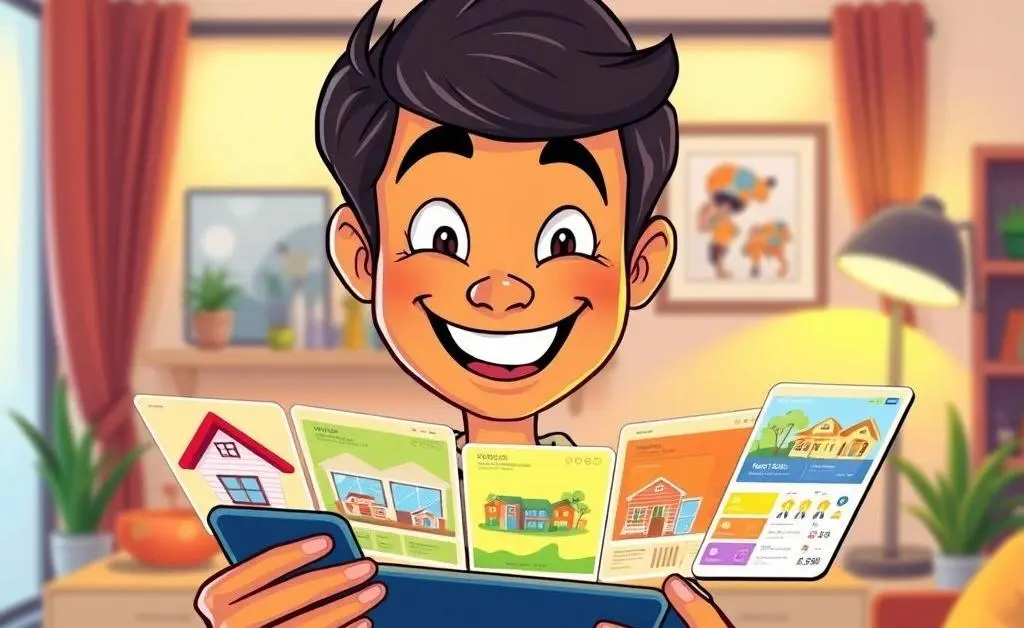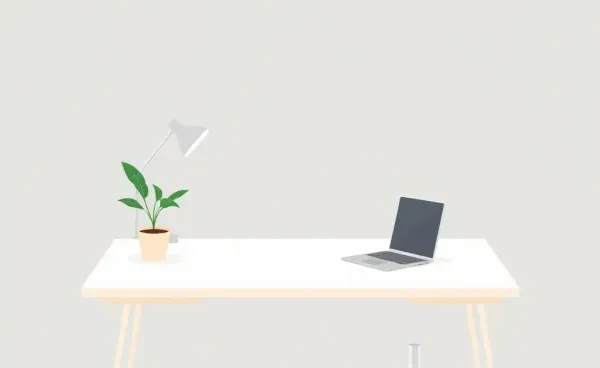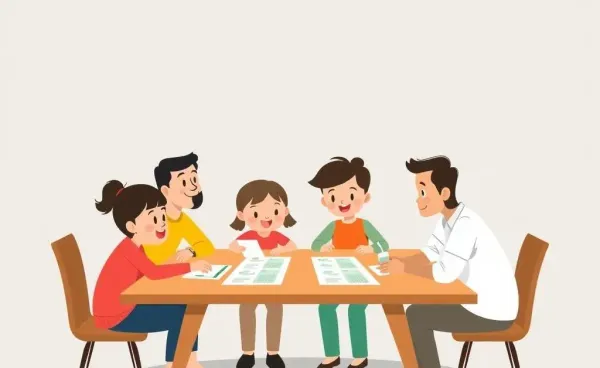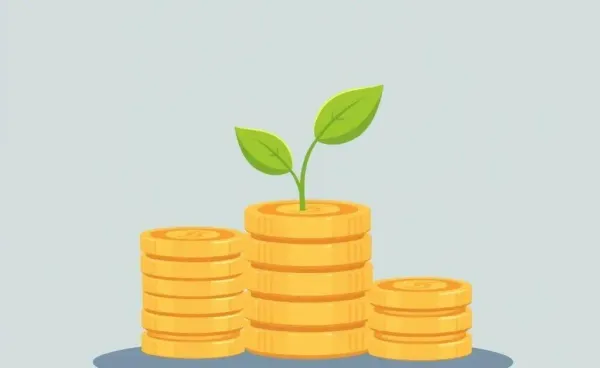Understanding Down Payments for First-Time Home Buyers: Your Key to Success
Navigate the home buying process with ease by understanding down payments.

Ever wondered what the deal is with down payments? If you’re a first-time home buyer, you're probably juggling a mix of excitement and anxiety, trying to figure out how this all works. Well, let's unravel this together!
What Is a Down Payment?
A down payment is the money you put upfront when buying a home. Think of it as the first slice of the pie—typically, this means paying between 5% to 20% of the home’s price right off the bat.

Is Bigger Always Better?
Sure, a larger down payment might mean smaller monthly payments, but it’s not always necessary. It’s about finding what’s comfortable for your budget.
- 5% is usually the minimum for conventional loans.
- FHA loans may require as little as 3.5% down.
- Veterans might qualify for VA loans with a 0% down payment.
Anecdote: The Curious Case of Sarah and Joe
Take Sarah and Joe, who managed to close on their dream home with a 10% down payment. Initially, they thought they needed 20%. After crunching some numbers over coffee, they realized 10% was doable and left room for rainy day funds. Smart move, right?

How Much Should You Save?
Here's a simple way to decide:
- Calculate your ideal home price range.
- Determine what percentage makes sense for your financial situation.
- Factor in additional costs like closing fees and moving expenses.

Balancing Act: Mortgage Insurance
If your down payment is below 20%, keep mortgage insurance in mind. It’s an extra cost but also a foot in the door for homeownership.
Final Thoughts
Finding the right down payment is a balance of ambition and realism. It's about making homeownership feasible while keeping your financial health in check.
How are you planning your down payment strategy? What's your magic percentage? Share your thoughts below!




